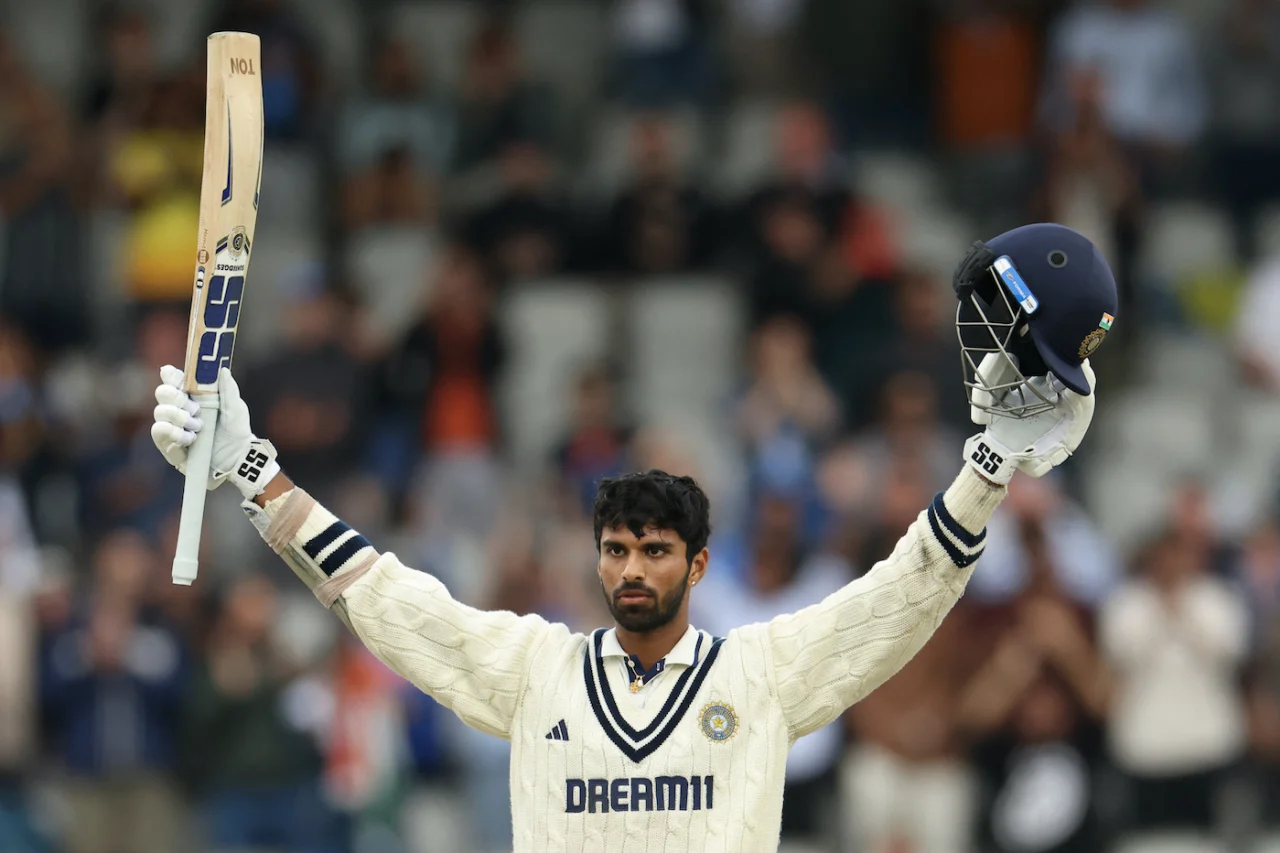In the past couple of years, however, Anderson-Tendulkar Trophy coaches have been selecting an increasing number of so-called all-rounders. These players are able to bowl as well as bat and this is exactly what the teams require today: to have the ability to mix and match in the fast-paced versions of the game. This is since all-rounders introduce flexibility, balance and strategical depth and therefore have become indispensable.
The series has been dominated by flat, batting-friendly pitches where bowlers have had to exert themselves to their fullest extent and have tired themselves out. With Stokes, Archer, Carse, and Bumrah being ruled out of the last test match, it is quite evident how challenging this series has proved to be for fast bowlers.
Frequent injuries and big workloads for the fast bowlers have led to selection trends forming in this series, which has affected both teams. As the series has progressed, the tails have grown shorter, with multiple all-rounders being opted for rather than specialist batters or bowlers.
India’s batting order extension
After the failures of the lower order in the first test, India has sought to extend their batting order while maintaining their bowling options. This led to a lineup where they opted for three all-rounders for the next three tests, namely Ravindra Jadeja, Washington Sundar, and Nitish Kumar Reddy (who was replaced by Shardul Thakur in the fourth test due to an injury).
In doing so, India has sacrificed the spots of one specialist batter and one specialist bowler. In a test series where taking wickets has been extremely tough, fielding an extra bowler may have been a solution to relax Bumrah and Siraj’s workload. Yet in conditions that firmly favor batting, extending the batting order offers more security to the top order and can rescue the team in case of top-order collapses.
In the fourth test, even with Rishabh Pant’s injury, the Indian team had enough batting resources to bat the match into a draw, a scenario that may not have been possible without extending the batting order to include Jadeja and Sundar.
Bowling Troubles

Extending the batting order comes at a cost; while you are adding players who can add batting talent to the team, you are excluding out-and-out bowlers who can help you take 20 wickets and close out the game. Such has been the case with Kuldeep Yadav, the left-arm wristspinner from India.
While he’d add bowling depth to the team, playing three spinners in English conditions would always have been too radical an approach. Rather than add bowling depth to the team Gambhir and Gill sought to add more of a batting cushion by playing Nitish Reddy or Shardul Thakur. India also does not have a fourth fast bowling option available to them, as Arshdeep Singh is extremely new to the red ball setup, and no pacers other than Bumrah, Siraj, and Akash Deep have gotten favorable returns.
With India being unable to keep their fast bowlers fit over a long duration, India has gone with a more defensive strategy of adding more depth to their batting order with the inclusion of all-rounders such as Nitish Kumar Reddy, Washington Sundar and Shardul Thakur.
Shoaib Bashir’s injury and Liam Dawson as his replacement
England only had a solitary spinner in Shoaib Bashir. While their batting order was organically lengthened by the batting abilities of Chris Woakes and Brydon Carse, Bashir’s replacement by Liam Dawson shortened England’s tail further. The role of the spinner has been relegated to a holding bowler or a containment role who can add some batting to the tail.
The successive replacements of Dawson with Bashir and Dawson with Jacob Bethell have added more to the batting order, with them almost batting down to 10. England seems to have also employed India’s approach of going with more all-rounders, given the batting-friendly conditions prevalent in the series.
What does this mean for Test cricket?
While all-rounders in test cricket are rare and very valuable, the core principle to winning test matches is by taking 20 wickets with enough runs in the bag to do so. Playing all-rounders in certain conditions may jeopardize this balance when a team may need a specialist batter to add big runs, while an all-rounder may not have that capability at all.
Conversely, a team needs a platoon of 4 specialist bowlers who need to be able to take 20 wickets in any given conditions for a team to consistently win test matches. Prioritizing the selection of all-rounders while adding bowling and batting variety to the team may sometimes lead to reducing the overall batting or bowling strength of a test side.


[…] Washington Sundar provided excellent support with clam 19* off 45 balls . The duo added an unbeaten 51 runs off 88 balls which was India’s highest partnership of the day . They respected the conditions , played late and avoided risky shots . Their stand ensured that India didn’t suffer another collapse before stumps . With the pitch expected to ease out on Day 2 and Chris woakes possibly out injured this partnership could turn into a game Defending one . […]